Research
The PALM Lab is committed to advancing cognitive science through open scholarship. On this page, you will find our research publications, with links to the journal article page, the associated preprint, and any experiment data and code.
Recent Publications

Similarity judgments and visual working memory do not share the same cognitive representation
PsyArXiv
·
03 Nov 2025
·
doi:10.31234/osf.io/fm9vz_v1 - William. X. Q. Ngiam - Michael D. Lee
Using Bayesian generative modeling, we recover the cognitive representation underlying three tasks. We show that similarity comparisons and memory reproduction do not share the same representation.
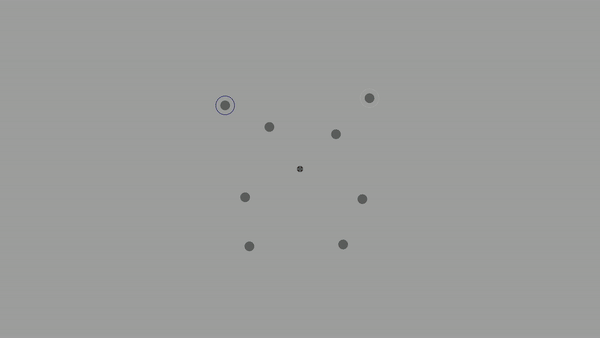
Item-based Parsing of Dynamic Scenes in a Combined Attentional Tracking and Working Memory Task
Journal of Cognitive Neuroscience
·
03 Sep 2025
·
doi:10.1162/jocn.a.96
In a novel task combining multiple-object tracking with whole-report, Piotr and William examine how the contralateral delay activity (an event-related potential shown tracking load and working memory load in separate tasks) reacts in the combined task.
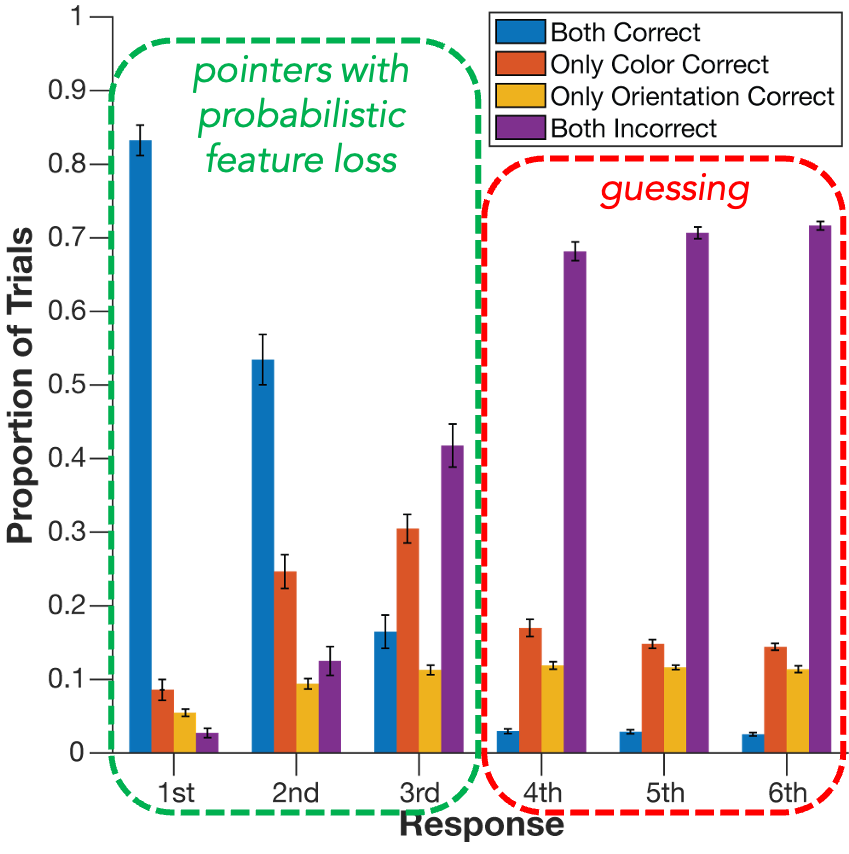
Object-based encoding constrains storage in visual working memory.
Journal of Experimental Psychology: General
·
11 Sep 2023
·
doi:10.1037/xge0001479
Using a new ‘conjunction whole-report’ paradigm, we find that visual working memory is limited by object-based encoding, but that features can also be independently lost from the memory for an item. We developed a computational model that captures both feature-based and object-based effects.
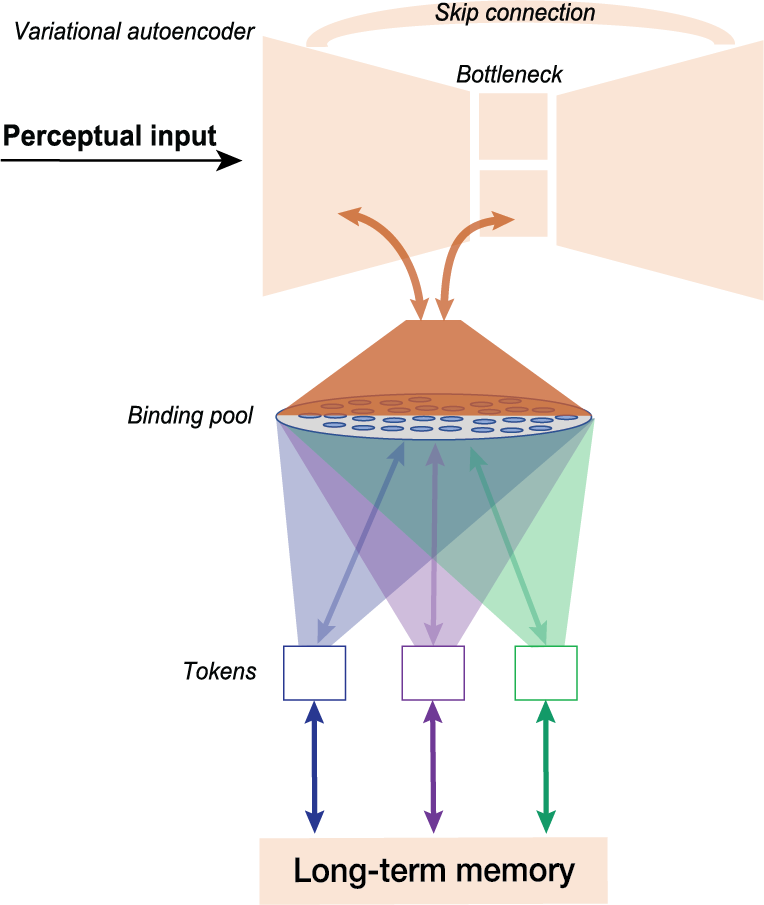
Mapping visual working memory models to a theoretical framework
Psychonomic Bulletin & Review
·
28 Aug 2023
·
doi:10.3758/s13423-023-02356-5
A review comparing and contrasting current theories and models of visual working memory, leading to a ‘theory map’. The hope is that the theory map provides a common space to better discuss various empirical phenomena and move towards a model-based approach to research visual working memory.
All
2025

Similarity judgments and visual working memory do not share the same cognitive representation
PsyArXiv
·
03 Nov 2025
·
doi:10.31234/osf.io/fm9vz_v1 - William. X. Q. Ngiam - Michael D. Lee
Using Bayesian generative modeling, we recover the cognitive representation underlying three tasks. We show that similarity comparisons and memory reproduction do not share the same representation.

Item-based Parsing of Dynamic Scenes in a Combined Attentional Tracking and Working Memory Task
Journal of Cognitive Neuroscience
·
03 Sep 2025
·
doi:10.1162/jocn.a.96
In a novel task combining multiple-object tracking with whole-report, Piotr and William examine how the contralateral delay activity (an event-related potential shown tracking load and working memory load in separate tasks) reacts in the combined task.
2024
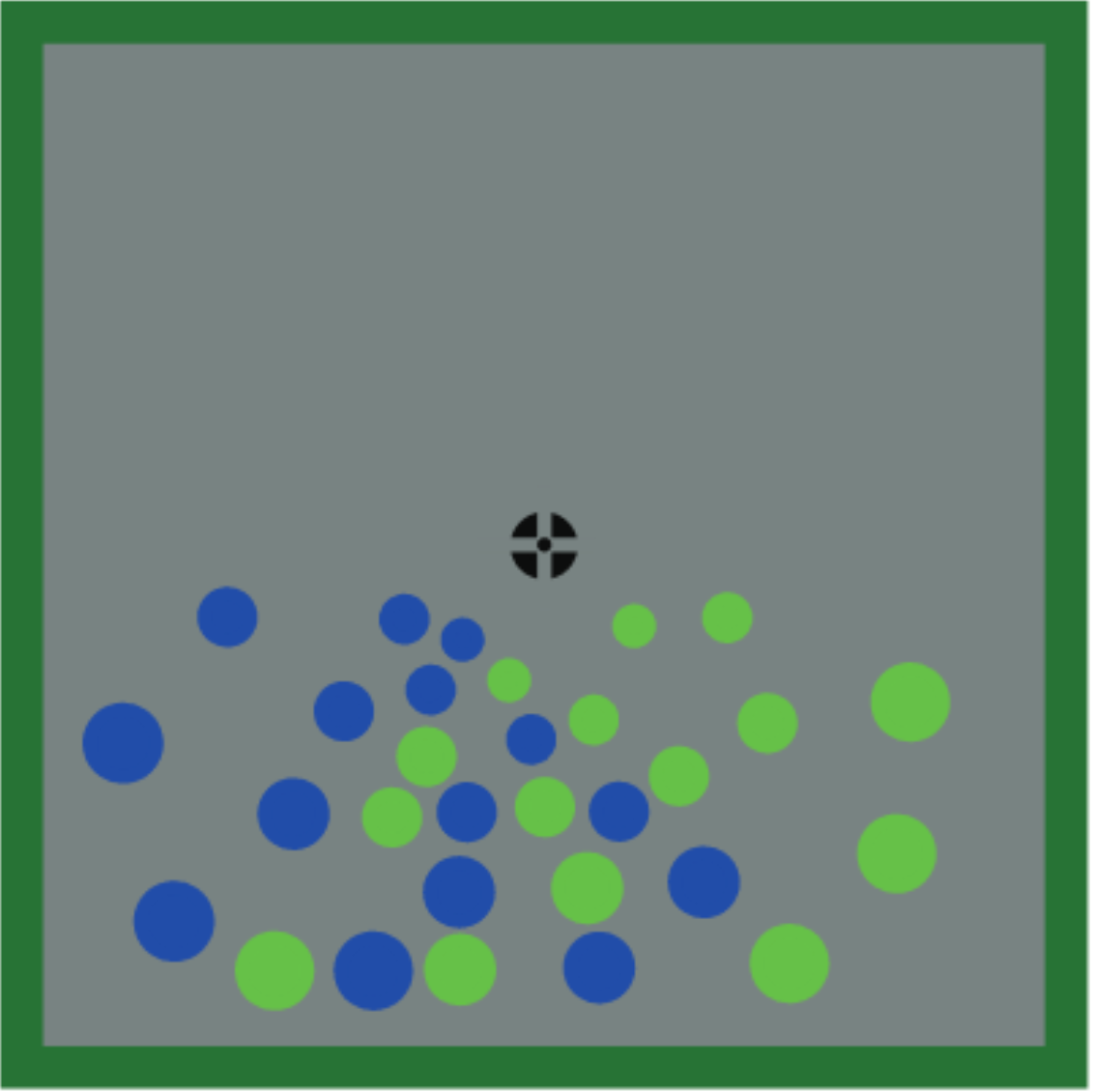
Electroencephalogram Decoding Reveals Distinct Processes for Directing Spatial Attention and Encoding Into Working Memory
Psychological Science
·
19 Aug 2024
·
doi:10.1177/09567976241263002
Using multivariate decoding, Henry Jones shows that neural signals for the number of items stored in working memory are insensitive to breadth and position of spatial attention. This suggests that while related, spatial attention is functionally dissociable from the selection and maintenace of information in mind.
2023

Object-based encoding constrains storage in visual working memory.
Journal of Experimental Psychology: General
·
11 Sep 2023
·
doi:10.1037/xge0001479
Using a new ‘conjunction whole-report’ paradigm, we find that visual working memory is limited by object-based encoding, but that features can also be independently lost from the memory for an item. We developed a computational model that captures both feature-based and object-based effects.

Mapping visual working memory models to a theoretical framework
Psychonomic Bulletin & Review
·
28 Aug 2023
·
doi:10.3758/s13423-023-02356-5
A review comparing and contrasting current theories and models of visual working memory, leading to a ‘theory map’. The hope is that the theory map provides a common space to better discuss various empirical phenomena and move towards a model-based approach to research visual working memory.
2022
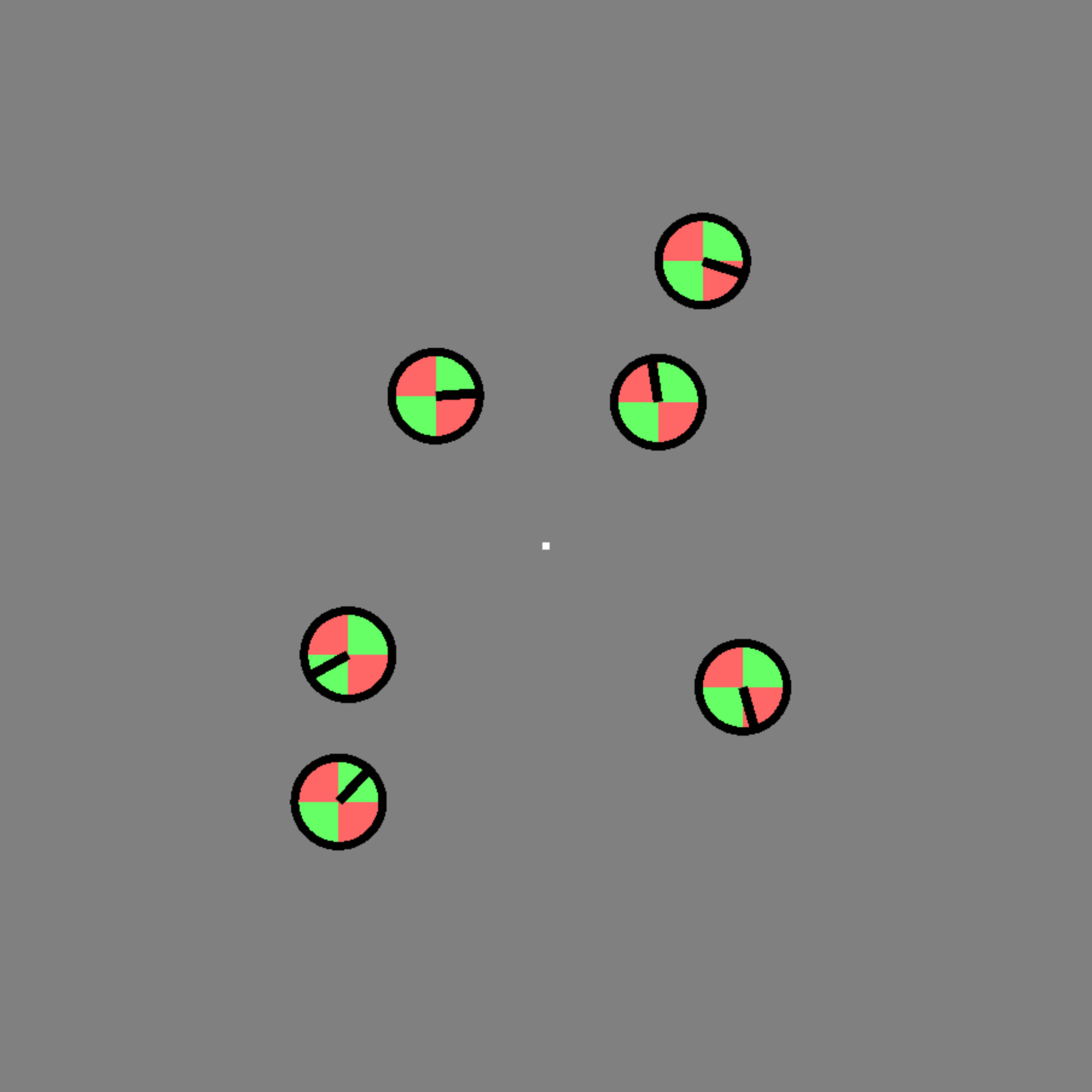
Distinguishing guesses from fuzzy memories: Further evidence for item limits in visual working memory
Attention, Perception, & Psychophysics
·
20 Dec 2022
·
doi:10.3758/s13414-022-02631-y
We developed a paradigm that leads to distinct patterns of responses produced by imprecise memories, and produced by guesses. We find clear evidence for guessing, in line with the notion of an item limit in visual working memory, but also suggest a resource-based model that can explain the observed results.
2021

Estimating the statistical power to detect set‐size effects in contralateral delay activity
Psychophysiology
·
10 Feb 2021
·
doi:10.1111/psyp.13791
A downsampling analysis of two large datasets measuring the contralateral delay activity (CDA), estimating the statistical power for detecting the presence of the CDA and its set-size effects. We provide an app that can estimate the statistical power for a given number of trials and subjects.
2019
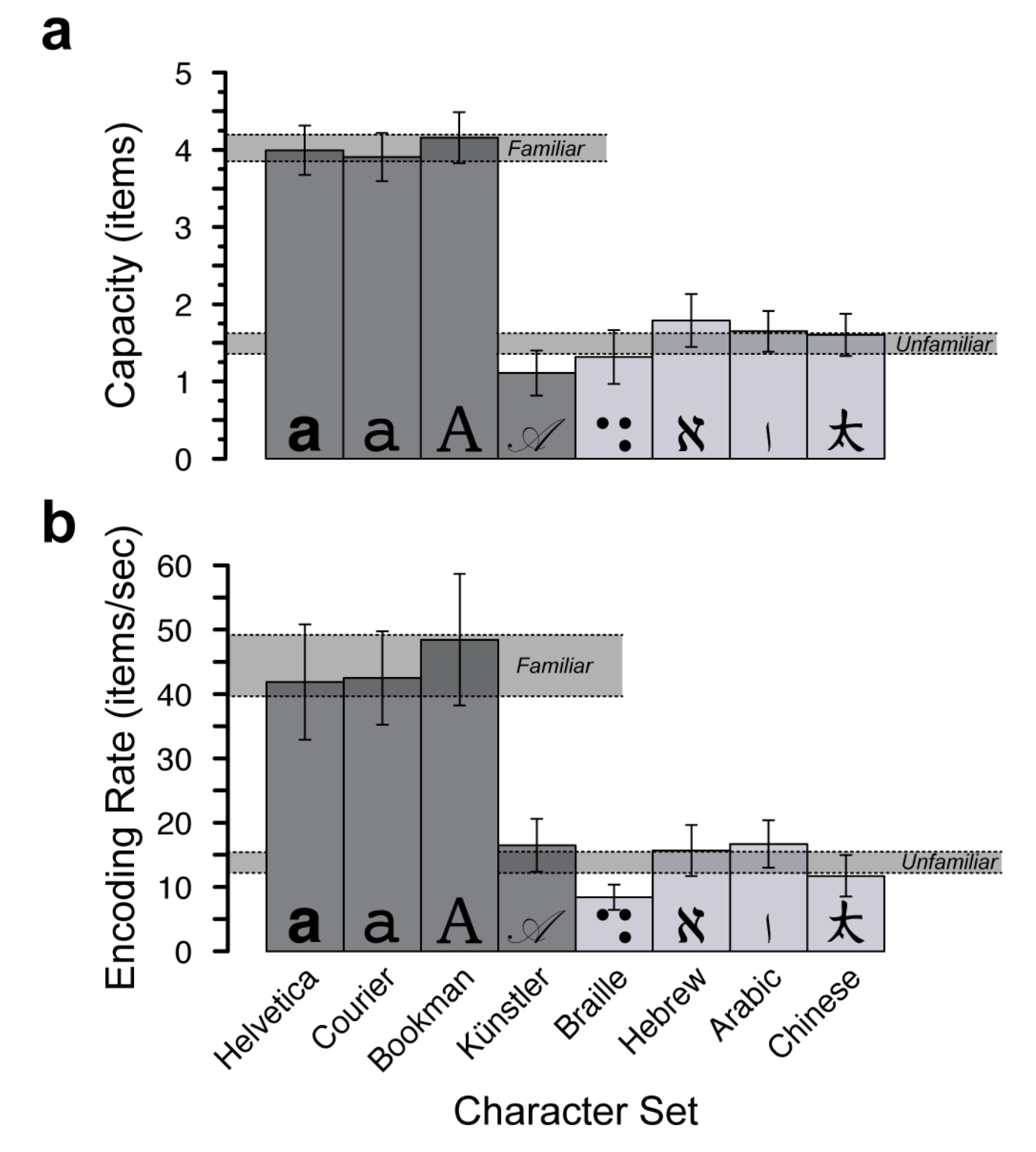
Visual working memory for letters varies with familiarity but not complexity.
Journal of Experimental Psychology: Learning, Memory, and Cognition
·
01 Oct 2019
·
doi:10.1037/XLM0000682
Visual working memory is better for familiar letters compared to unfamiliar characters, including artifical characters matched in stimulus complexity. This suggests learned experience can benefit the encoding of visual information.

“Memory compression” effects in visual working memory are contingent on explicit long-term memory.
Journal of Experimental Psychology: General
·
01 Aug 2019
·
doi:10.1037/xge0000649
When to-be-remembered displays contain statistical regularities, we can recall more items overall. However, this is contingent on subjects having explicit awareness of the regularities, supporting a long-term memory ‘chunking’ account.